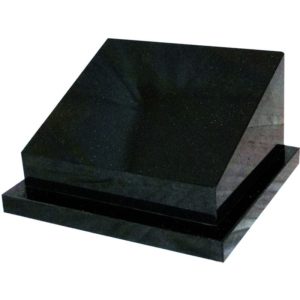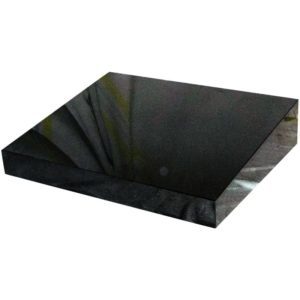Carving granite.
Granite is really hard!
In my youth the first thing that came to mind when thinking about stone carving was the marble figure carving done by the ancient Greeks and Romans. Marble is a soft stone. Other soft stones such as limestone (which is having somewhat of a renaissance here in New Zealand) and sandstone are often seen ornamenting gardens (and sometimes cemeteries) around New Zealand.
Compared with its peers granite is a stubborn and obstinate rock that doesn’t easily yield. Artisans in ancient Greece and Rome with their rudimentary tools would have relegated granite to the too hard basket. This stone was more commonly used for less lofty purposes such as buildings and roads. It is only with the advancement of modern tools that granite has risen to the status which it currently occupies.

An assortment of granite and marble carvings at the Fujian Tenghui Stone factory in China.
So why has granite become the preferred stone when it comes to making monuments all around the world? Because its really really hard. A granite monument will (quite literally) outshine its softer cousins by hundreds of years. You might have heard about the eighty or so headstones that were unearthed and re-erected at Makaraka cemetery back in 2018. The marble stones unearthed were broken and badly pitted. After a quick clean the majority of the granite headstones came out looking how they would have at the time they were erected (some over a hundred years ago).
There are other factors that make granite preferable for monuments. Granite’s density means that it can be polished to a high gloss finish. The tough granite surface can be cleaned using abrasives like pumice hundreds of times before it starts to loose its shine. Granite also has natural beauty with its abundance of striking colors and patterns.
Carving a heart shaped granite plaque.
Carving a granite monument is simple in concept. Many of our tools can be found in your average garage workshop. Your average grinder disk wont cut it though (quite literally). To chew into granite you need teeth made of the hardest substance available. Granite cutting tools are invariably tipped or coated with diamond teeth. Even when up against hundreds of tiny diamonds granite does not submit easily. Patience and care is always needed and tools are used in conjunction with water to keep the area being worked clean and cool.

The reflection you can see in the face of the stone is the clouds in the sky.
For this example I’m using a heart shaped piece that i worked on back in 2019 which was attached to an upright granite headstone. I started off with a nice fresh black granite panel, polished on one face. This is cheating for sure but how this piece was processed into polished panels is a story for another day. For now we’ll just assume that granite occurs naturally in nice square panels with one side polished.
Even though my desired shape is fairly simple, to keep it perfect and symmetrical I printed out a vinyl mask as a guide.

Cutting
Our panel goes into the pull saw to cut out the basic shape. I leave a good 2 millimetre buffer zone between my cut and the edge of the mask. This allows me room to hone the edge with finer tools afterwards.
With a grinder and a diamond tipped blade I refine the edge until it hugs the profile outlined by my mask. This is the part where a little bit of skill and patience is required. Maintaining a square edge is important if you want the finished product to look good.

Polishing
After I’m happy with my edge I start to polish. We begin with a 50 grit polishing pad on our polisher and work our way incrementally up to 3000 grit followed by a buff. Polishing is a skill in itself. I find the trick is to focus on doing a thorough job with the lower grits (50 – 500). If there are any imperfections on the surface once you have finished with the lower grits they will show through in your final product.

The finished product
Finally we add a bevel to our edge. This reduces the likelihood of chipping. It also catches glints of light giving it that bling.

I hope you liked this brief insight into granite memorials. If you did, like our page on facebook. We will continue to post info about stone carving as well as other topics relating to the industry in the future.






